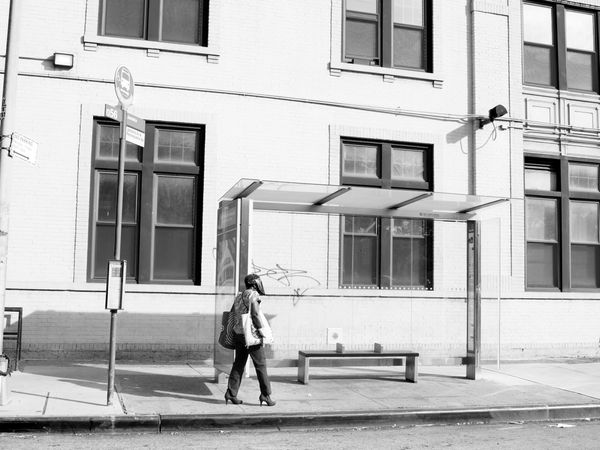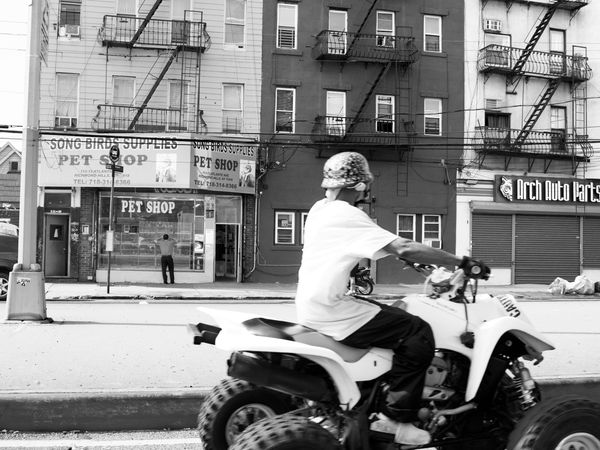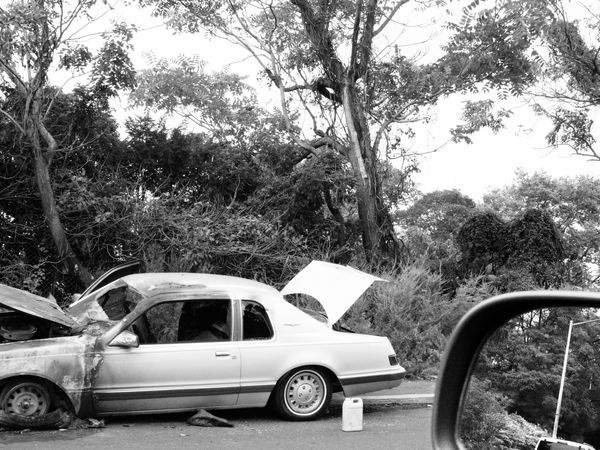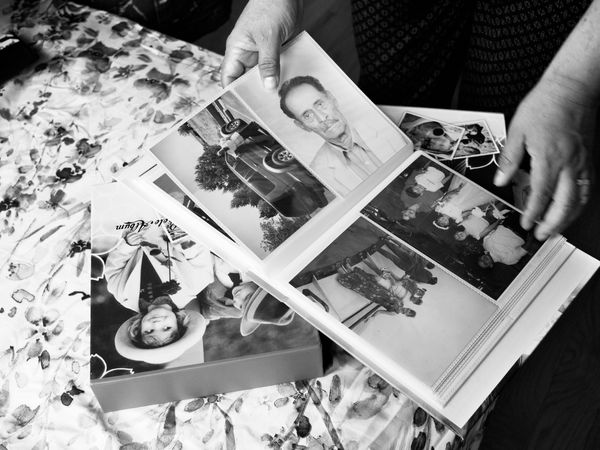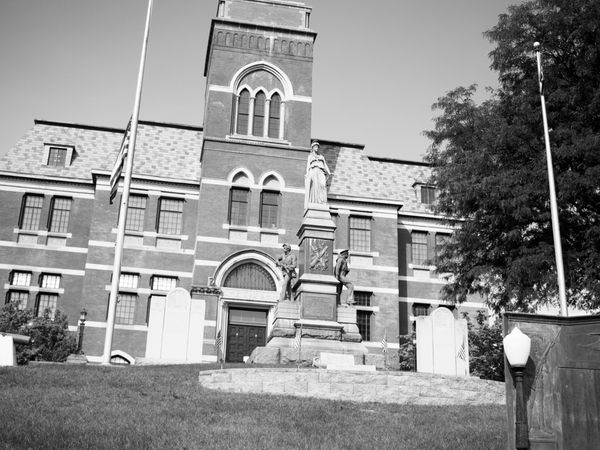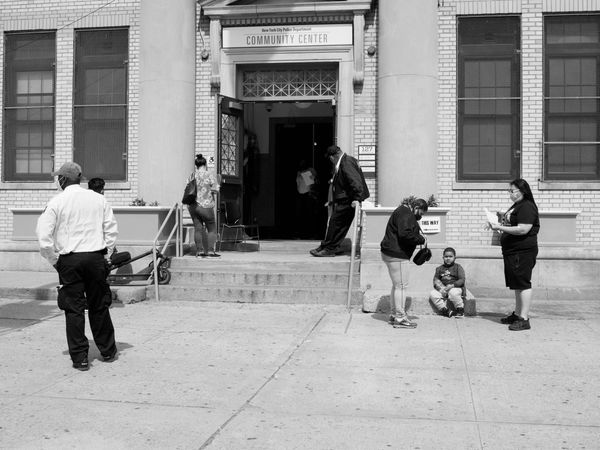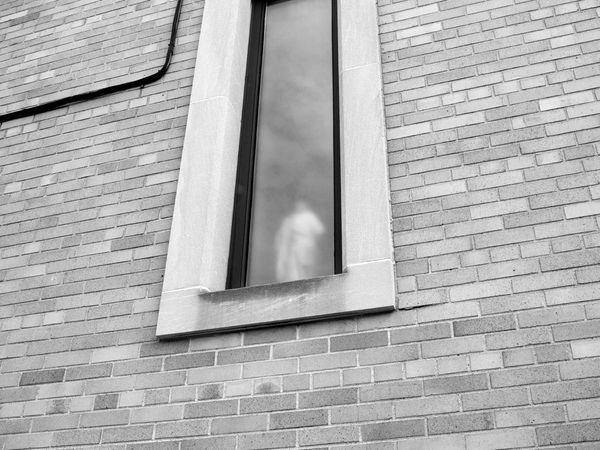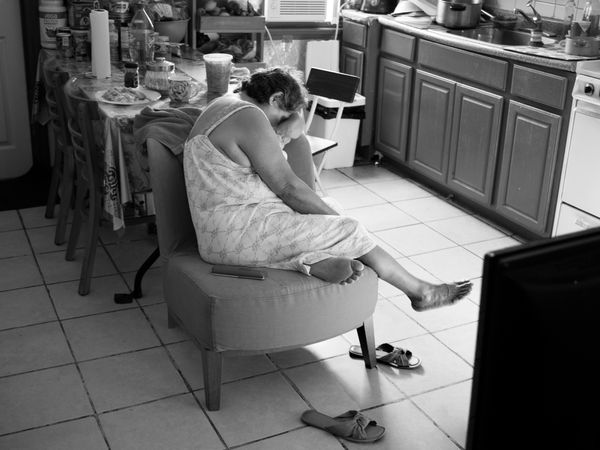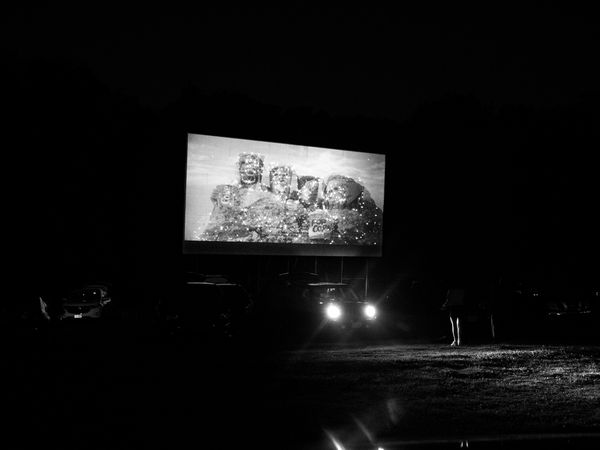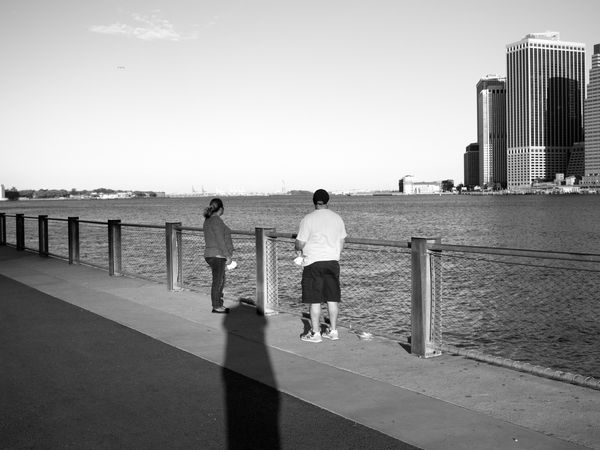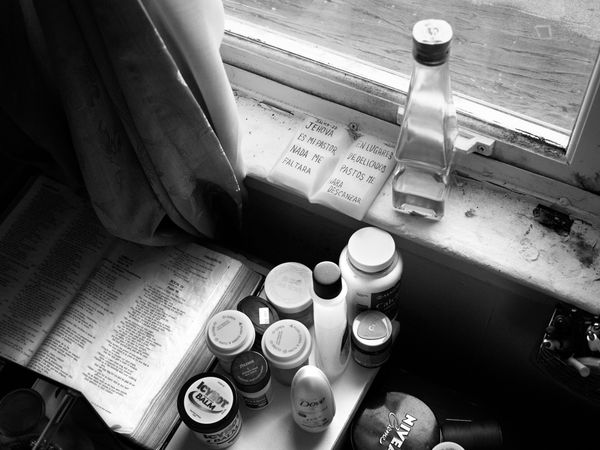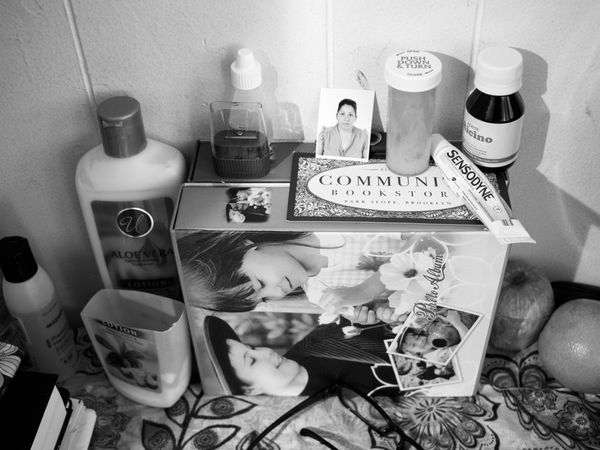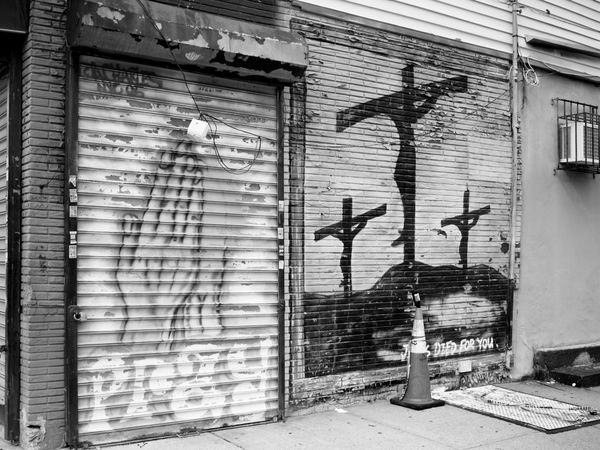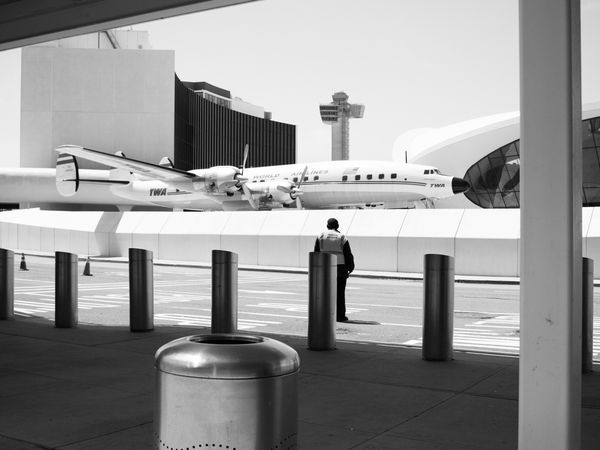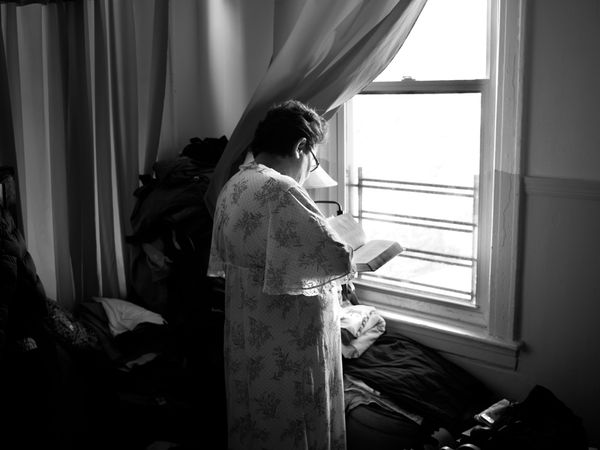Erratic Space
-
Dates2020 - Ongoing
-
Author
- Topics Social Issues, Street Photography, Documentary
- Location East New York, United States
My vision in this work is to document life as a migrant that lives in a country that attempts to maintain normalcy through the symbolic containment and erasure of marginalized groups' narratives.
In 2017, it became apparent to me that the American life depicted in mainstream movies is drastically different from the ones shown by Robert Frank, LaToya Ruby Frazier, or Gordon Parks. As the youngest child growing up in a home shaped by migration and economic hardships, being the holder and keeper of the family’s camera became the best and most unconscious outlet for self-expression that my parents ever gave me. When we migrated to East New York, Brooklyn in 2015, it never crossed my mind that photographing and documenting everything happening around me would bring me comfort and resilience in facing the other struggles that headed my way. I had never pursued art in high school because there was just one class offered once a week, and I had rather entertain myself with global history or Latin American literature. Once in college, six months after obtaining my permanent residency, I decided to dive into an analog black and white photography class that determined the next four years of my academic career.
Completing photography and Spanish studies degrees made me a well-rounded artist, reader, and writer that tries to find points of reference and connection across mediums while respecting their integrity as art forms. Through the reading of novels like One Hundred Years of Solitude by Gabriel García Márquez or Pedro Páramo by Juan Rulfo, I found how to give meaning, pride, and a sense of representation in my work. These novels made me understand that your life can contain a rawness that manifests in your perception of reality, an idea that can make any event in your life magical or marvelous to the point of not believing that something might have happened.
Likewise, I acknowledged that the reality of my life, as hard as it might get, is the engine that propels me to create photographs. I have come to understand that ever since my family and I migrated to East New York, we have become individuals that learned how to navigate the thin but heavy felt line between domestic and public. The domestic space fills with sentiment and joy that gets confronted by impediments like New York City’s dense population per square mile, a phenomenon that retrains us from living a typical sociality like that to our native country, Ecuador. The public space, for us, has amounted to an ever-growing plane of society that becomes hard to navigate due to the always-changing landscape. A forceful American and patriotic rhetoric constitute this exterior space that tries to break any pluralistic consciousness. However, we have been able to assimilate this sterile environment by laboring in it and interacting with public buildings and sites to survive and leave a legacy behind.
My vision in this work, Erratic Space, is to document life as a migrant that lives in a country and society that attempts to maintain normalcy through the symbolic containment and erasure of marginalized groups and their narratives. I use the relationship between the domestic and public spaces as a way to evoke a visual language that puts into context how these two environments intertwine.
